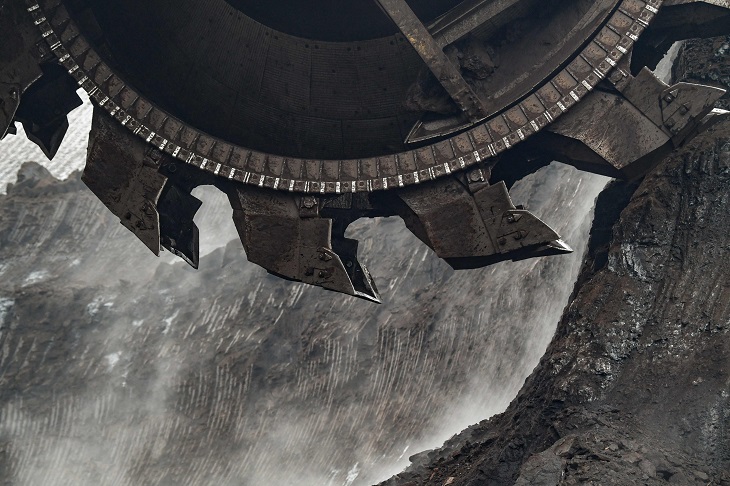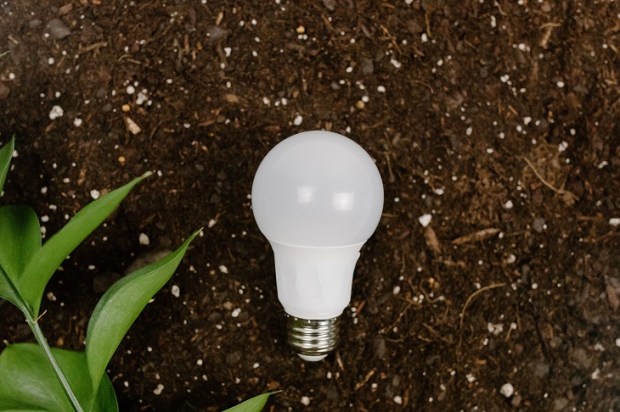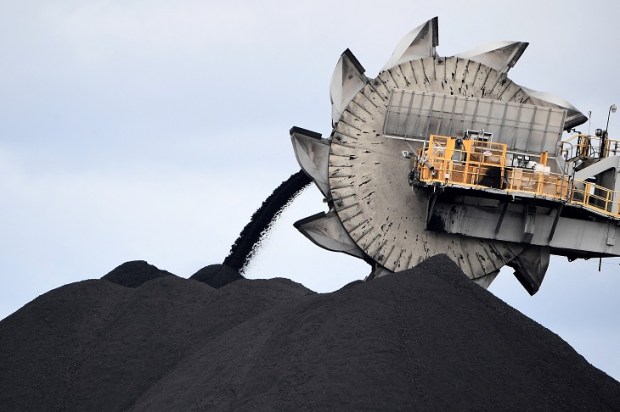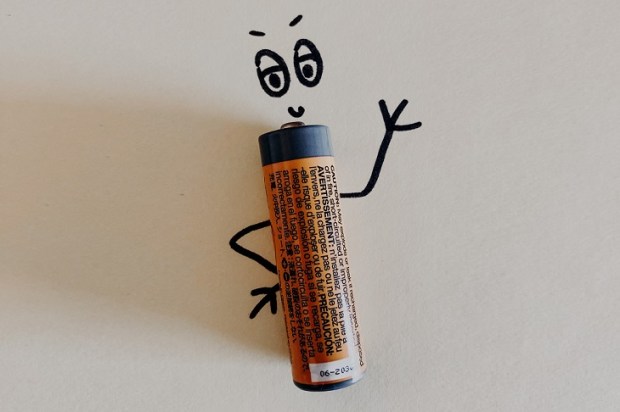Coal will be indispensable for electricity generation in Australia for the foreseeable future. Of its competitors; natural gas is much more expensive for base-load electricity (that is, continuous electricity); nuclear power is at least a decade away; and wind and solar energy are weather and cloud-dependent and thus unreliable. In addition, they are both proving expensive.
Already a subscriber? Log in
Subscribe for just $2 a week
Try a month of The Spectator Australia absolutely free and without commitment. Not only that but – if you choose to continue – you’ll pay just $2 a week for your first year.
- Unlimited access to spectator.com.au and app
- The weekly edition on the Spectator Australia app
- Spectator podcasts and newsletters
- Full access to spectator.co.uk
Or


























Comments
Don't miss out
Join the conversation with other Spectator Australia readers. Subscribe to leave a comment.
SUBSCRIBEAlready a subscriber? Log in